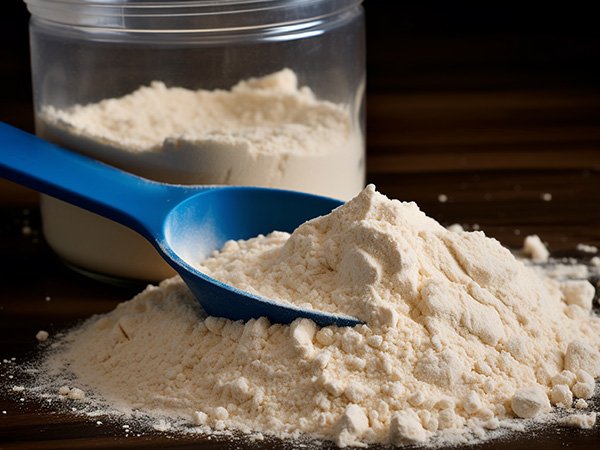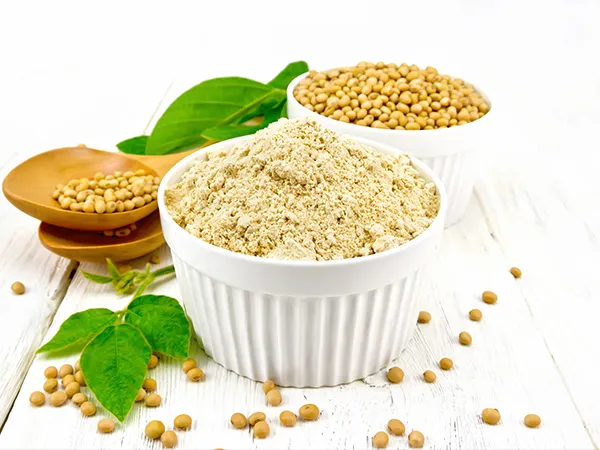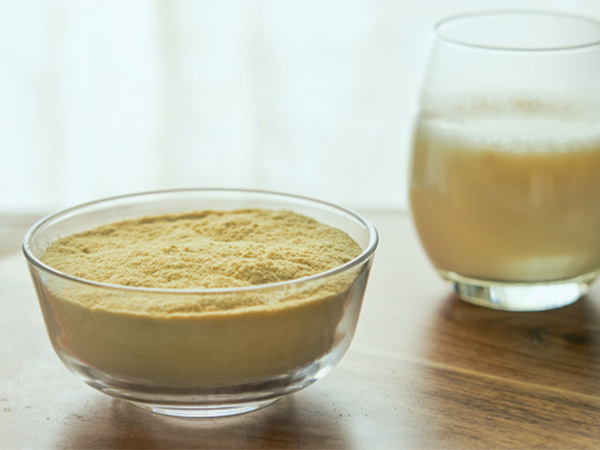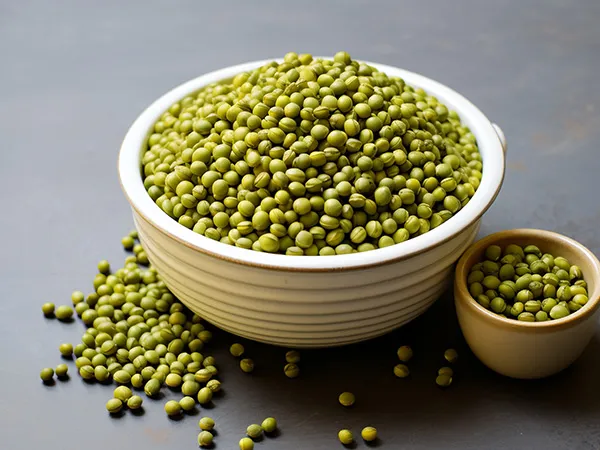In recent years, with the growing global focus on health, sustainability, and plant-based nutrition, the development and application of plant proteins have gained wide attention from both research institutions and the food industry. Among various sources, pea protein powder stands out for its low allergenicity, comprehensive amino acid profile, and excellent functional properties, making it a promising alternative to animal proteins.
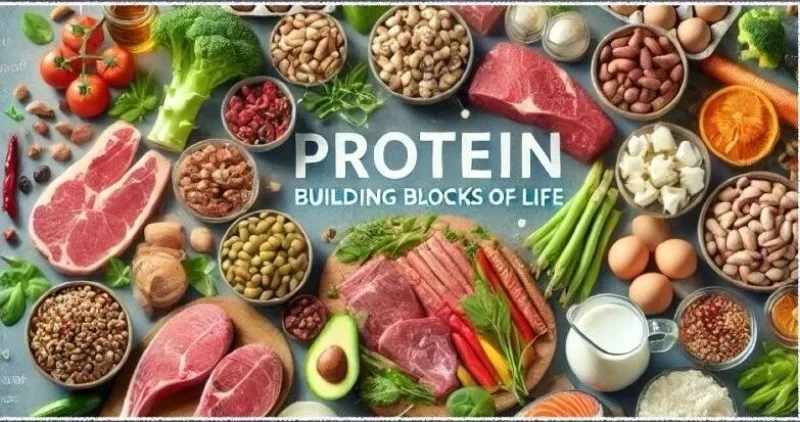
Nutritional Value of Pea Protein Powder
Pea protein powder is a high-purity plant protein obtained through low-temperature and low-pressure extraction from peas.
It contains around 80% protein and is rich in all 18 essential amino acids, making it a complete protein that supports tissue repair, muscle growth, and immune system function.
In addition to protein, pea protein powder contains moderate levels of carbohydrates, dietary fiber, vitamins, and minerals.
- Dietary fiber promotes healthy digestion and helps prevent constipation.
- Vitamins C and E, along with minerals such as calcium and iron, help regulate metabolism and enhance immunity.
This balanced nutritional composition makes pea protein powder an ideal supplement for maintaining a healthy diet.
Alignment with Modern Dietary Preferences
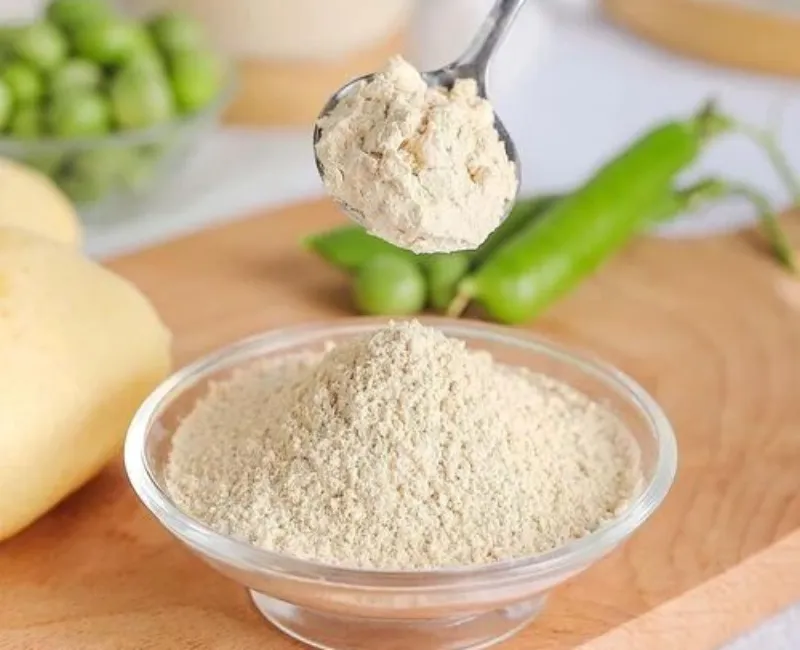
Pea protein powder is naturally gluten-free, dairy-free, and free from the eight major food allergens (peanuts, tree nuts, eggs, fish, shellfish, milk, wheat, and soy).
It is therefore suitable for vegetarians, vegans, lactose-intolerant individuals, and people allergic to soy or dairy.
In today’s diet—often high in fat and cholesterol—pea protein powder offers a low-fat, cholesterol-free source of high-quality protein, supporting a balanced, heart-healthy lifestyle.
Functional Properties of Pea Protein
Functional Characteristics and Limitations
Pea protein and its hydrolysates exhibit a range of beneficial physiological effects, including:
- Antioxidant and anti-inflammatory activities
- Blood pressure reduction
- Regulation of gut microbiota balance
From a physicochemical perspective, pea protein also demonstrates excellent:
- Solubility
- Emulsifying capacity
- Water and oil retention ability
- Foaming and gelling properties
However, due to the high proportion of hydrophobic amino acids in its native structure, pea protein tends to have limited solubility and dispersibility, which restricts its use in beverages, dairy alternatives, and functional foods.
Modification Strategies and Application Expansion
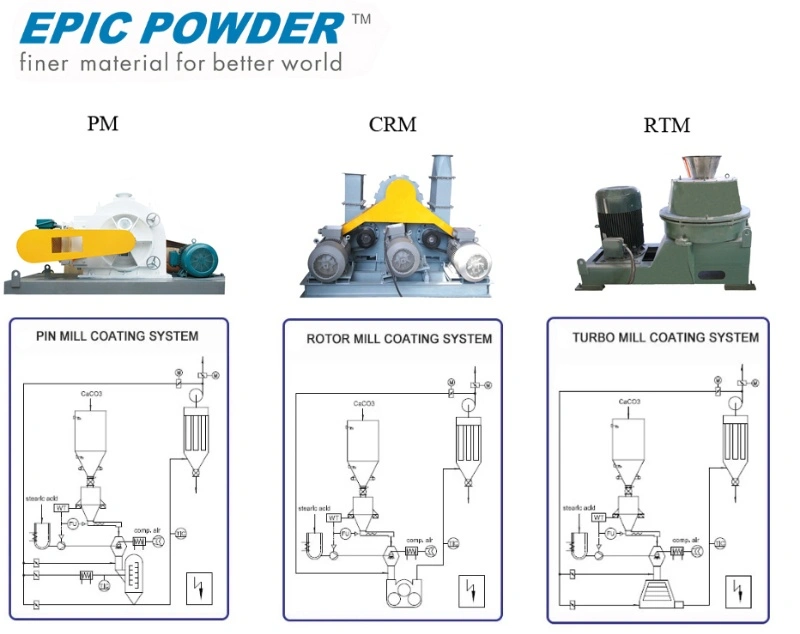
To enhance these properties, various protein structure modification methods have been developed, such as:
- Physical modification (e.g., high-pressure, ultrasonic treatment)
- Chemical modification (e.g., acylation, glycosylation)
- Enzymatic modification (protein hydrolysis using proteases)
- Combined modification techniques
These approaches significantly improve its physicochemical and functional properties, broadening its applications in:
- Encapsulation of bioactive compounds
- Edible films
- Extruded products
- Plant-based meat alternatives as substitutes for animal fat and protein.
Processing Technology of Pea Protein
During the drying and grinding stages, achieving a finer and more uniform powder is crucial for improving solubility and mouthfeel.
The Air Classifier Mill (ACM) has emerged as the ideal equipment for ultrafine pea protein powder processing.
- Principle compatibility: Pea protein is a heat-sensitive, low-hardness material. The ACM uses high-speed impact grinding with dynamic air classification, ensuring efficient size reduction with minimal temperature rise—thus preventing protein denaturation.
- Improved solubility: The ACM can grind pea protein to the micron scale, greatly increasing its surface area, solubility, and dispersibility, enhancing both taste and functionality.
- Precision classification: Its built-in classifier wheel precisely controls particle size distribution, removing coarse particles that affect texture and ensuring smooth, consistent powder quality.
- Energy efficiency: The ACM’s integrated grinding-classifying closed-loop system minimizes over-grinding and reprocessing, improving production efficiency and reducing energy consumption.
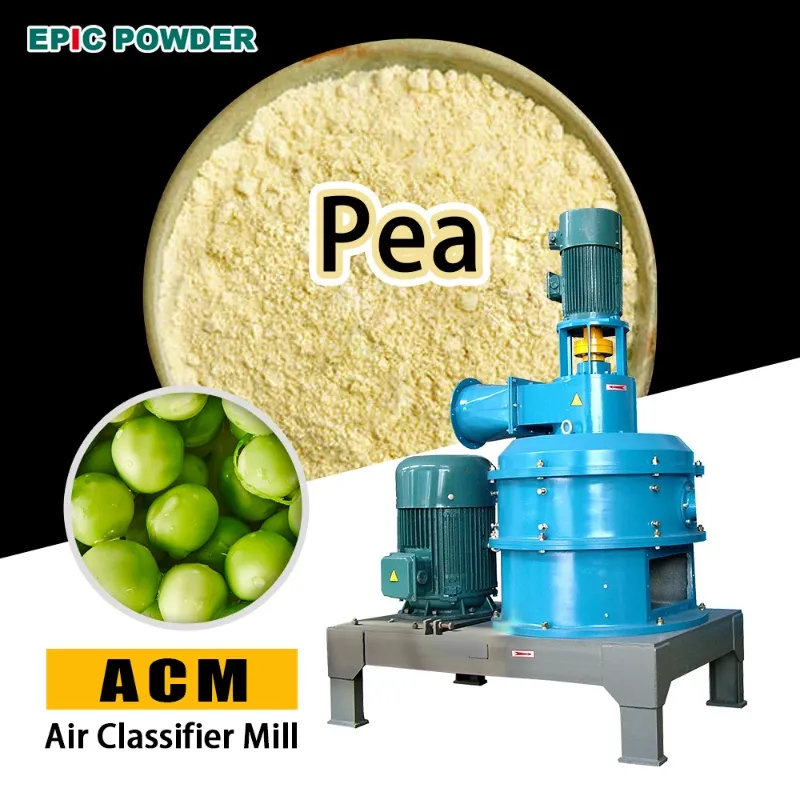
Consumption Guidelines
- Moderate intake: For healthy adults, daily protein intake should be 1–1.2 g per kilogram of body weight. Adjust pea protein powder consumption according to dietary protein levels to prevent excess intake and reduce kidney load.
- Brewing temperature: Mix with water below 40°C (104°F) to prevent protein denaturation and maintain nutritional value.
- Food pairing: Can be blended with milk, juice, or yogurt to enhance flavor and nutrient diversity.
- Avoid strong acids: Avoid consuming with highly acidic foods (e.g., lemon juice, vinegar) to prevent reduced protein absorption.
- Best time to consume: About 30 minutes after a meal, when digestion supports optimal protein absorption.
Conclusion
Pea protein is a new generation of high-quality plant protein. It combines excellent nutritional value with outstanding functional properties. With the application of advanced powder processing technologies, such as the Air Classifier Mill (ACM), production becomes more efficient, gentle, and precise. This process allows for controlled particle size, better solubility, and more stable product quality.
EPIC POWDER has over 20 years of experience in ultrafine powder engineering. The company provides high-performance grinding and classification system solutions for the plant protein industry. Its self-developed Air Classifier Mill enables low-temperature fine grinding and accurate classification of protein powders. This helps preserve active ingredients and nutritional value to the greatest extent.
